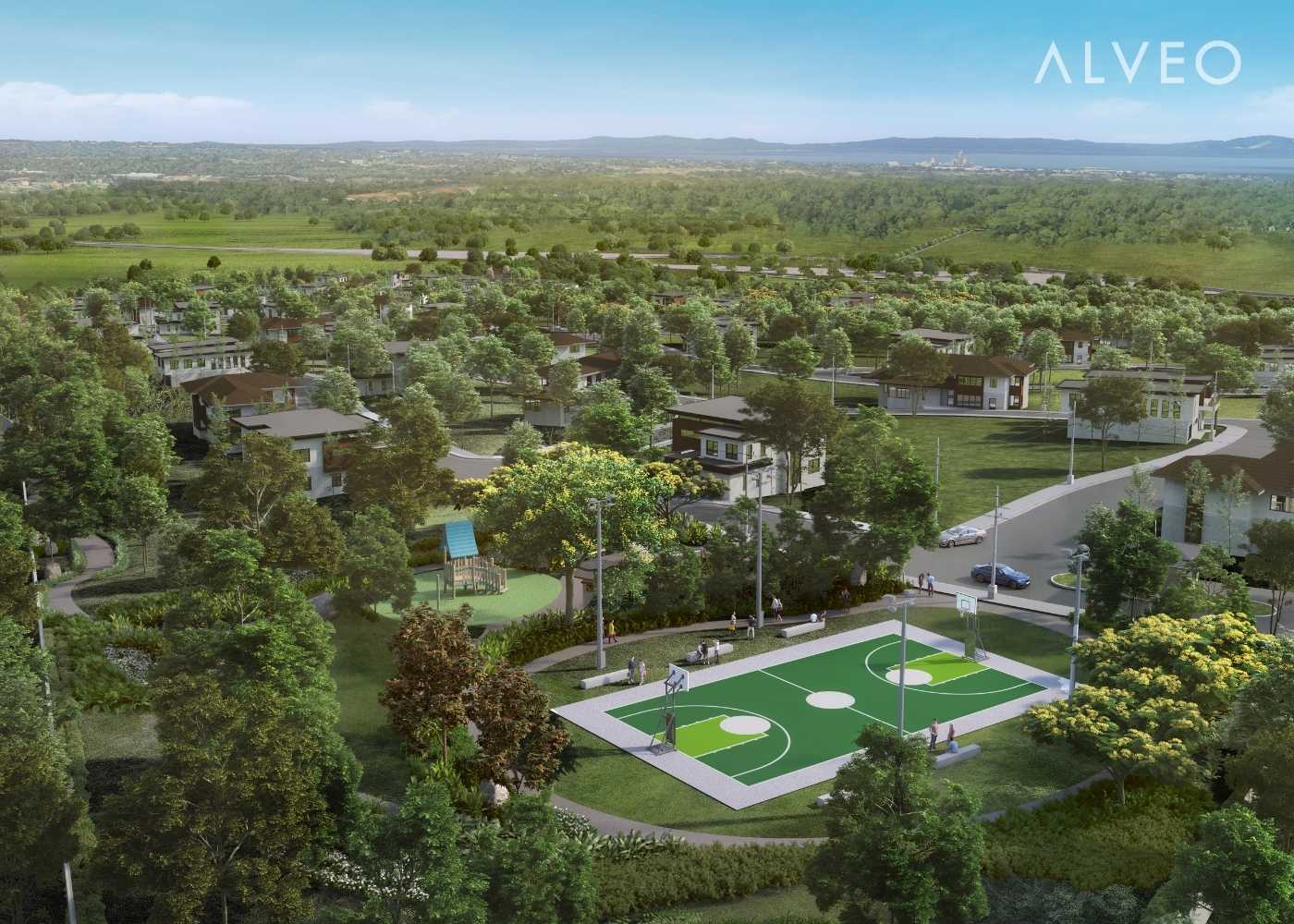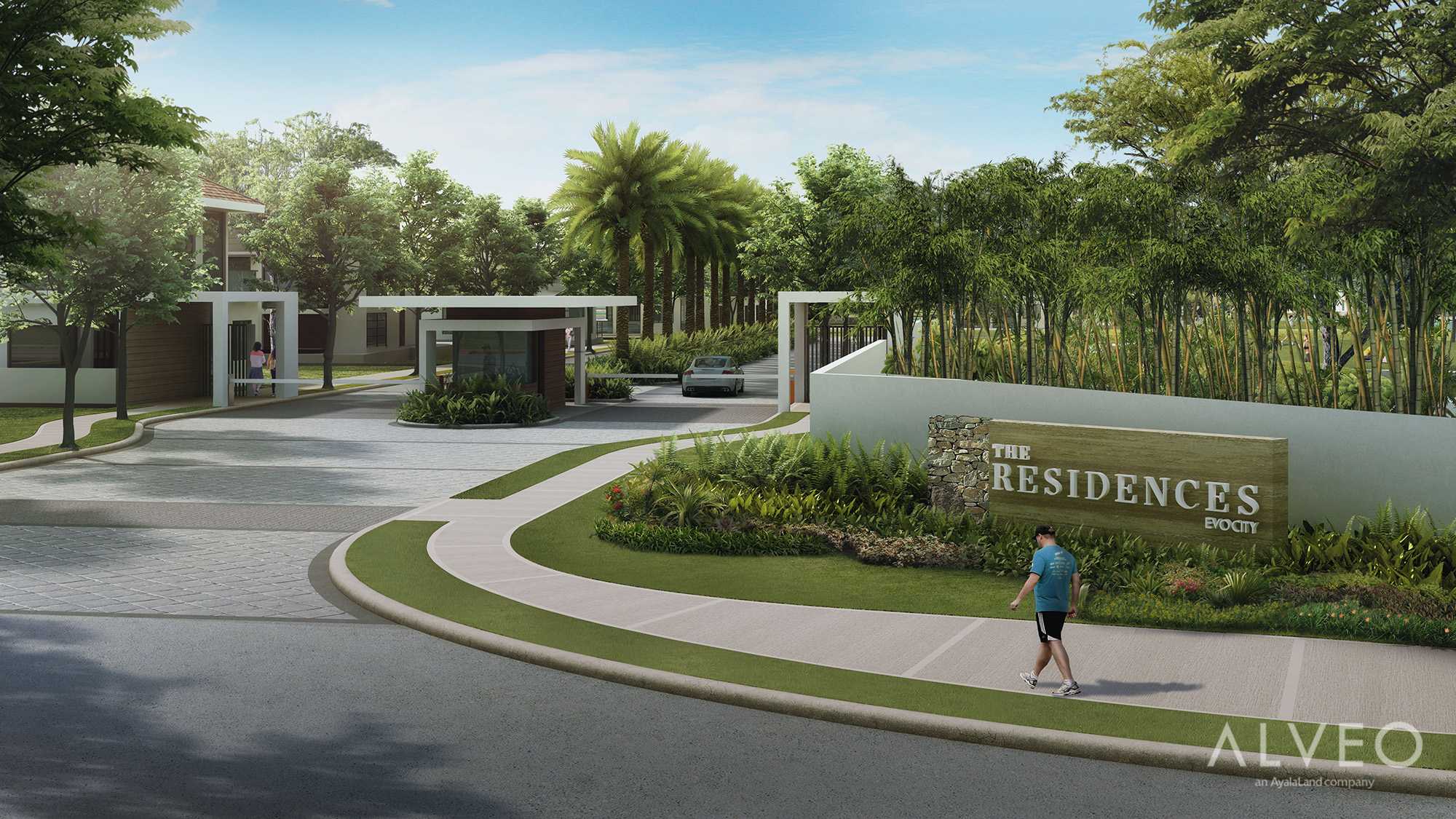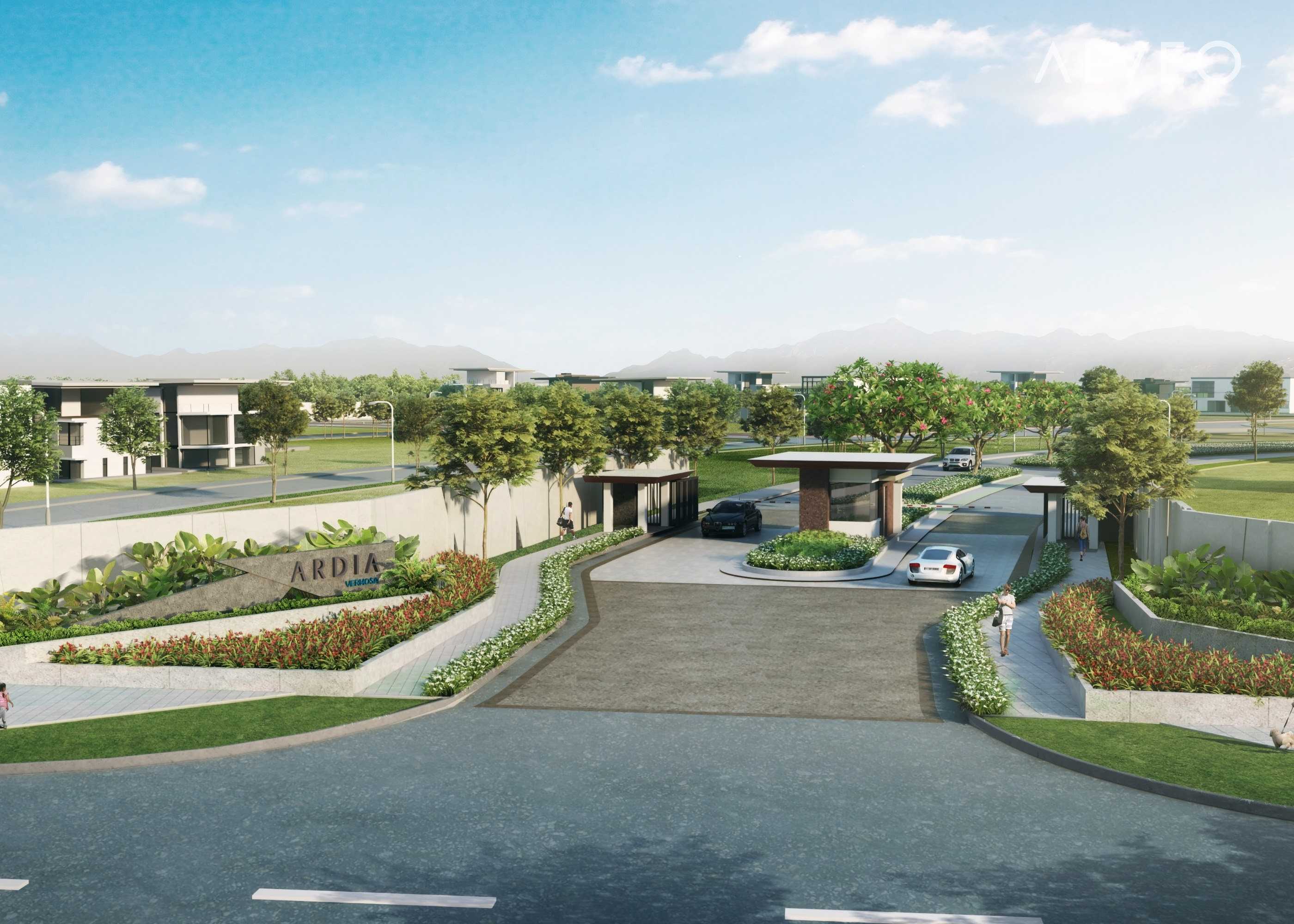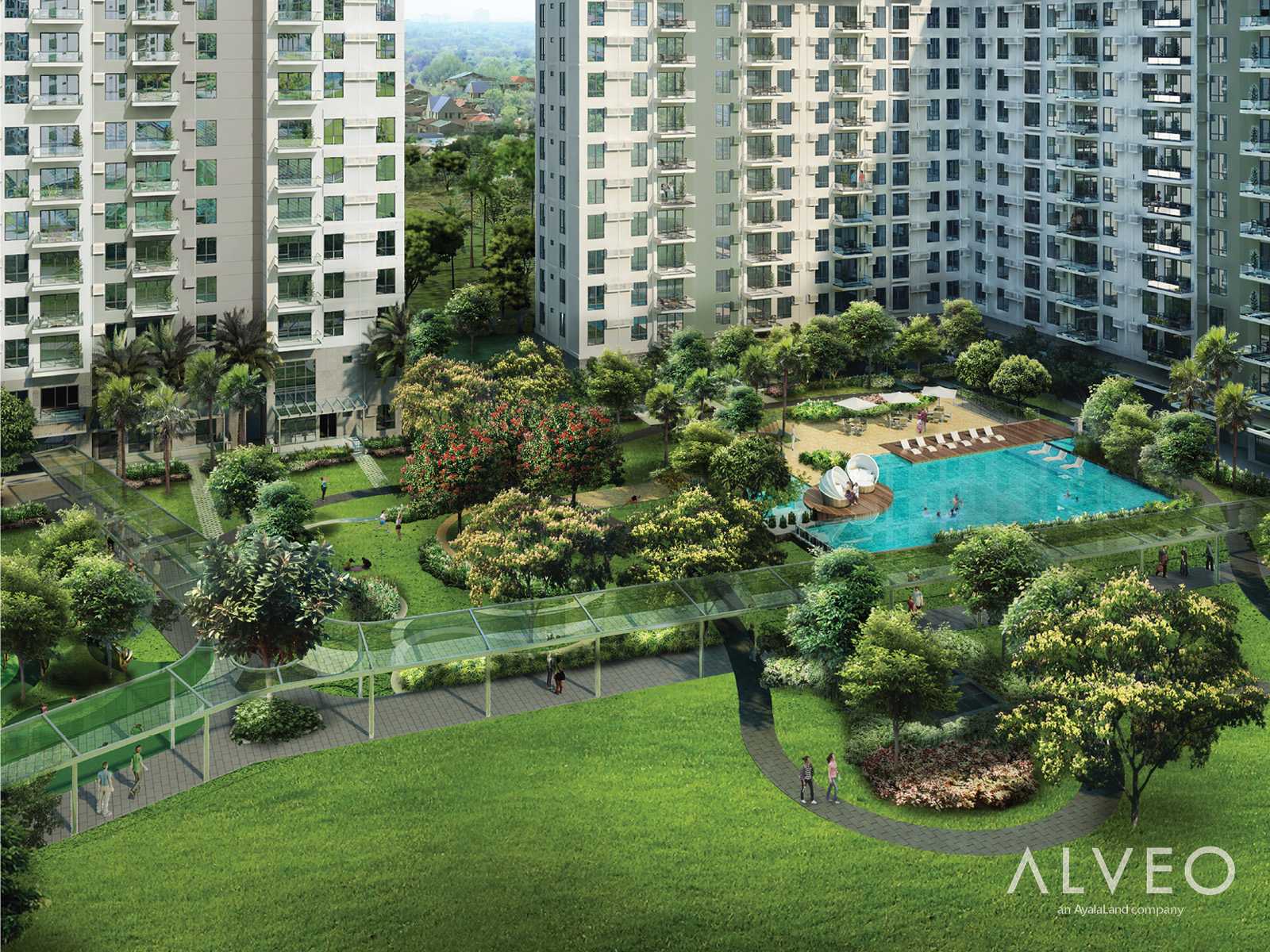List of Townhouse for Sale in Manila
Ferndale Villas
Experience intimate campus living where natural landscape, open spaces, and canopied walks are a staple
Location: Sampaguita Avenue, Quezon City, 1107 Metro Manila
- No. of townhouses: 150 Duplex, 170 Duplex, 185 Duplex
- No. of units: 233
- No. of T&B: 1–2
- Floor area: approx. 153–186 sq.m.
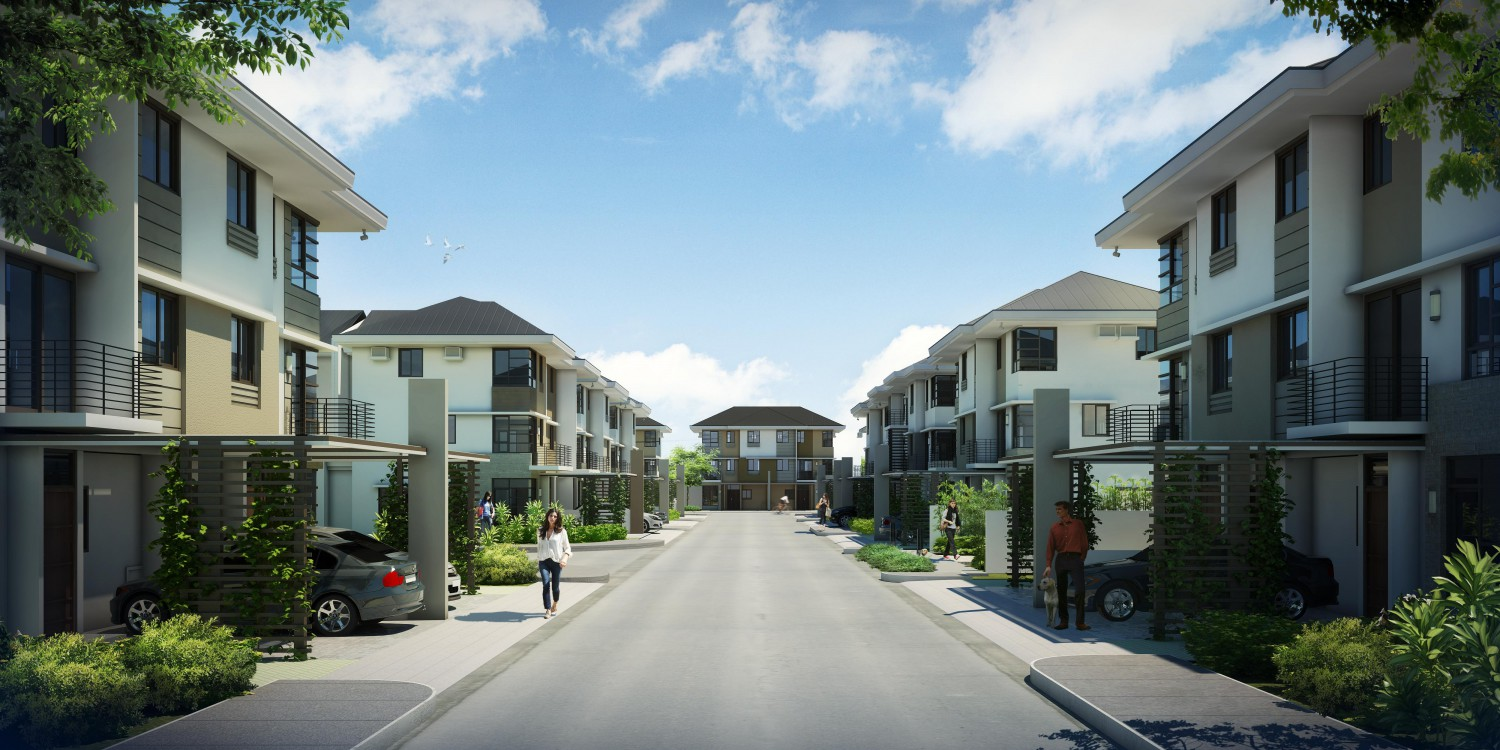
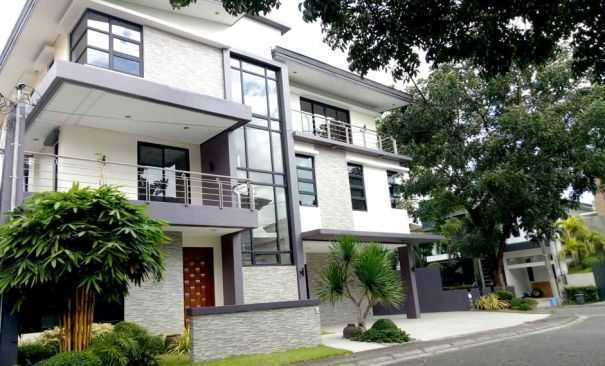
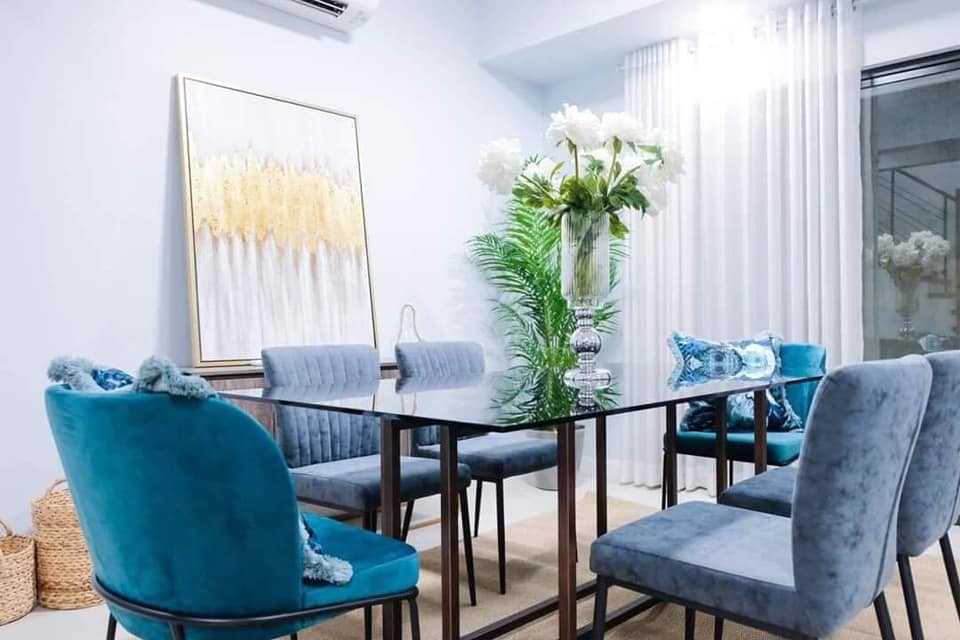
Congested and polluted are probably two words you often hear when living in Metro Manila is discussed, but these impressions shouldn’t stop you from considering relocating here. Think of living here as an opportunity to explore, while cultivating a personal connection with the city.
According to a study by the United Nations, more and more people are living in urban areas. A Harvard study confirmed that Metro Manila is one of the fastest-growing cities in terms of population, with 12.87 million (as of 2015).
Living in the metro is not necessarily a bad thing. It compels the government to rethink how to use the available land more efficiently, without sacrificing the natural environment and uplifting people’s quality of life. This includes putting up residential communities and necessary facilities that support the needs of the residents, as well as individuals who frequent the place for business or leisure activities.
Becoming a more livable, more resilient, and more sustainable city
Metro Manila is already highly livable. However, there are other things to escalate it further.
1) Mixed-use development
A livable city is a community complete with things that are within reach. These are the places where individuals thrive, learn, play, dine, shop, work, and worship. Each missing factor can put a strain on both the people and the place, and unbearable traffic is a perfect example.
Urban mobility is also essential. More efficient transportation networks, and more availability of transport modes should be a priority. Road density and travel time will be significantly reduced if the right facilities are in place. When this happens, the residents would have more time for other things, like spending more time with family and friends or considering other pursuits.
2) Mixed-income neighborhoods
The diversity of neighborhoods and communities that mutually support the needs of each is the secret behind a more resilient metropolitan. It does not matter whether one lives in a fortified enclave or condominium complex.
Bottom-line, the city must be able to accommodate people regardless of their income levels. For instance, there should be adequate privileges for middle-class working professionals as there are for affluent families. Accessibility should not be an issue here.
3) Green developments
Curbing climate change and its adverse effects are a challenge. This is especially true when cities won’t do their part. For example, the conversion of green spaces to commercial developments must be lessened (or even stopped).
While it takes more than planting more trees and plants on sidewalks, the government needs a sustainability plan. The goal is to encourage a close-to-nature lifestyle among the residents. Such a lifestyle does improve not only the health of the people but also the perception of the life of better quality.
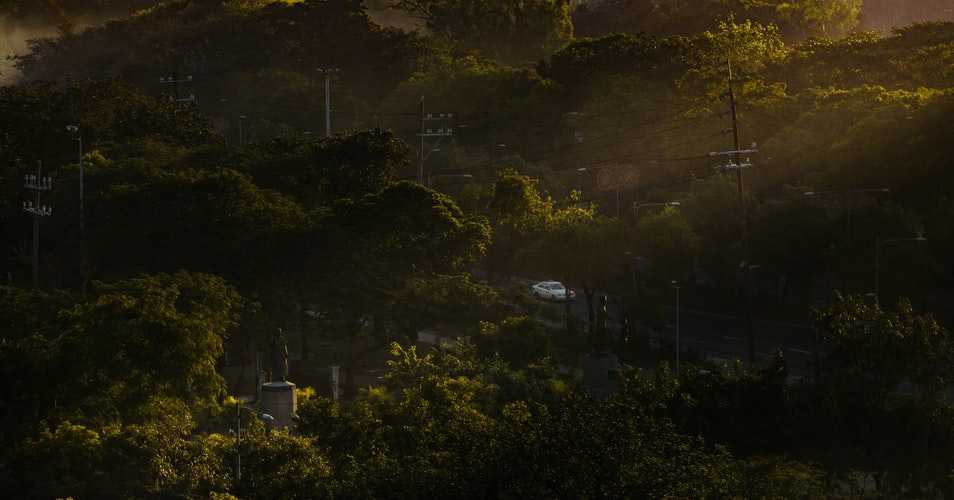
Facts about Manila
- Manila is pronounced as Ma-nil-ah
- Manila is known as the Pearl of the Orient
- Manila is the Philippines’ capital, making it the center of governance, finance, education, culture, and religion
- Metro Manila is the seat of Philippine government
- Metro Manila is a multipolar city—it competes with other cities within such as Quezon, Taguig, Makati, Parañaque, and Pasay
- Metro Manila has a total land area of 247 sq.m.
- Metro Manila’s population grows by 60 persons per hour
- Metro Manila has a daytime working population of over 16 million people per day
- Workers travel from Bulacan, Cavite, Laguna, Tarlac, and Pampanga
- As projected, Metro Manila would have at least 20 million people
- Metro Manila is mostly visited for its incredible history and vibrant nightlife; in 2013, there were 4.6 million tourists that had such purposes
- Manila Kilometer Zero is found near Rizal’s monument in Rizal Park
Reasons to buy a townhouse in Manila
Living in a townhouse has a certain charm, and many people eventually decide to live here.
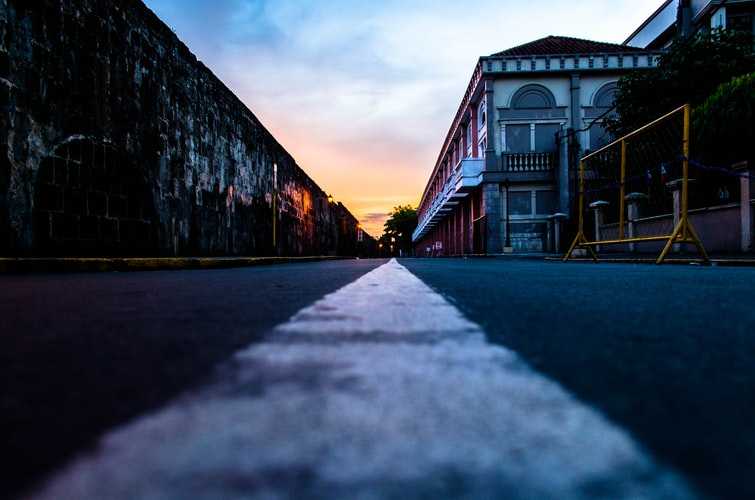
- Abundant work and business opportunities
The metropolitan area is ripe with opportunities (for instance, it has a fair share of BPO industries). The city never sleeps, wherein industries offer different work arrangements such as work from home or different time shifts. Dining places are either open or deliver foods 24/7. Business headquarters and embassies are located here as well.
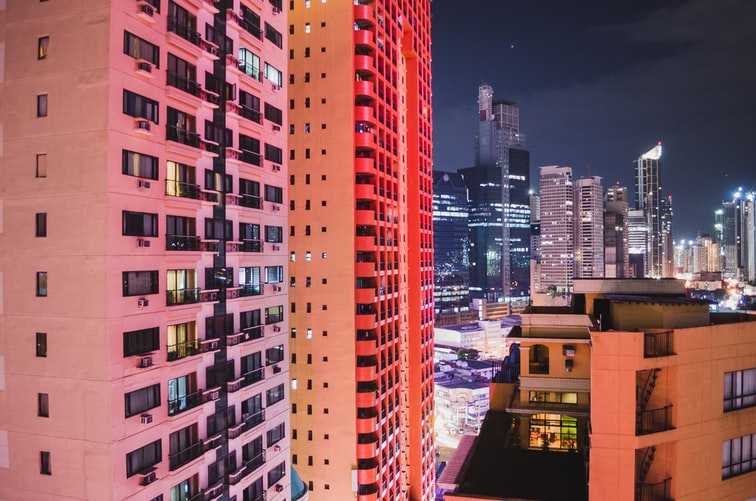
- Lower cost of living
Affordability is a matter of perspective. If you are a returning overseas Filipino worker, an expatriate, or a retiree, you’ll appreciate how convenient it can be to live here. Basics goods, transportation, and entertainment are cheaper, allowing you to value your hard-earned money. The cost of living in Manila is 20% less expensive than most cities in the world.
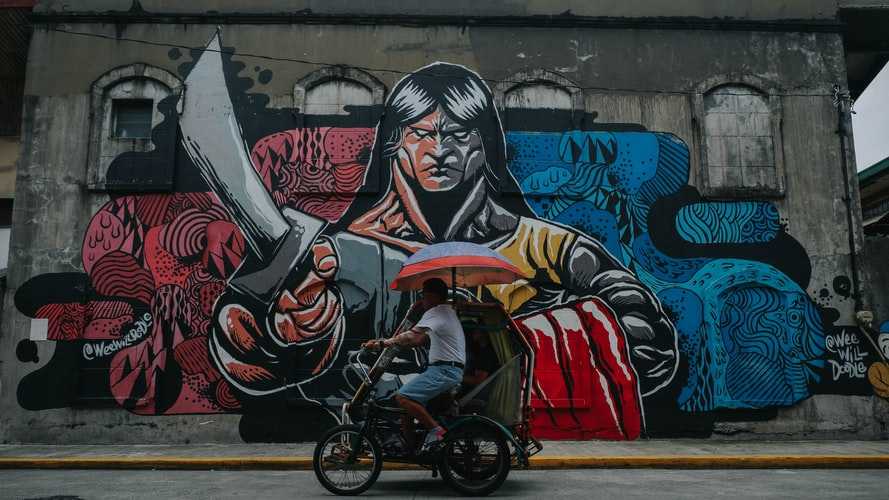
- Vibrant nightlife
Metro Manila brims with life at night. For one, the malls and shopping districts close at 10 pm. Some food parks open at 6 pm and operate until the wee hours of the morning. The same goes for hanging spots that are open throughout the day.
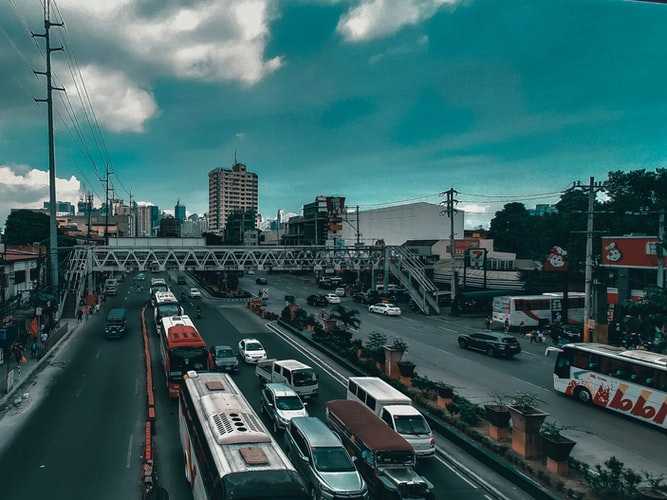
- Gateway to various destinations
Expect tropical living throughout the year. To beat monotony, though, travel destinations are highly accessible. There are plenty of resorts and beaches in nearby towns and provinces. You need not sacrifice hobbies or the little pleasures in life like traveling. Apart from transport terminals peppered throughout the metropolis, the international airport is also located here.
While at it, residential options abound. There are townhouses, and then there are detached house and lots and condominium units in different size configurations to accommodate the space needs of people.
The location also plays a crucial role in deciding where to live in Manila specifically. Certain places suit a purpose. For example, condominium buildings near the University Belt are perfect for students and young professionals. There are also one-bedroom apartments near central business districts (CBDs) to accommodate the working professionals.
Some locations can be more expensive than others. The most affordable properties are found in Caloocan, Valenzuela, Marikina, and Las Piñas, while the most expensive are located in Makati, Muntinlupa, Taguig, San Juan, and Pasig.
More townhouses for sale in Manila
Coming soon
